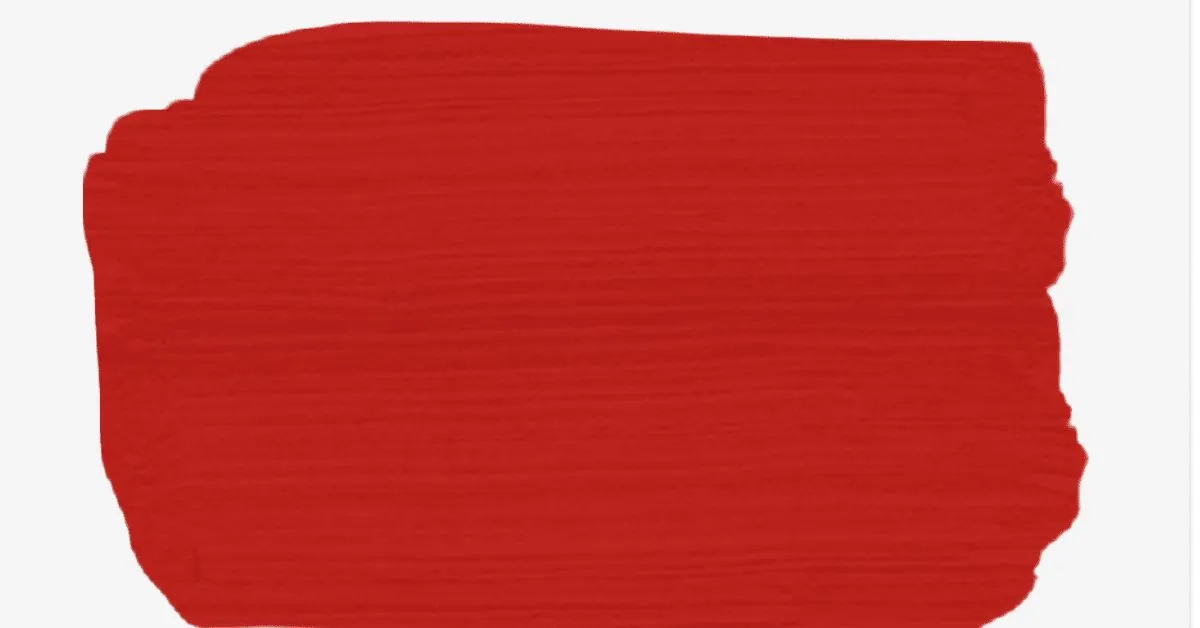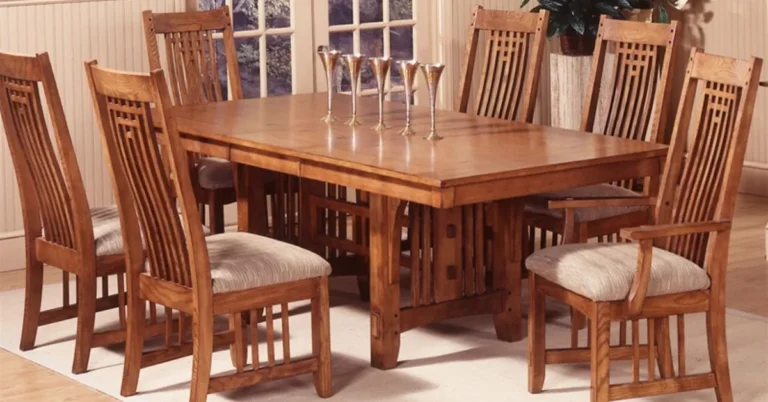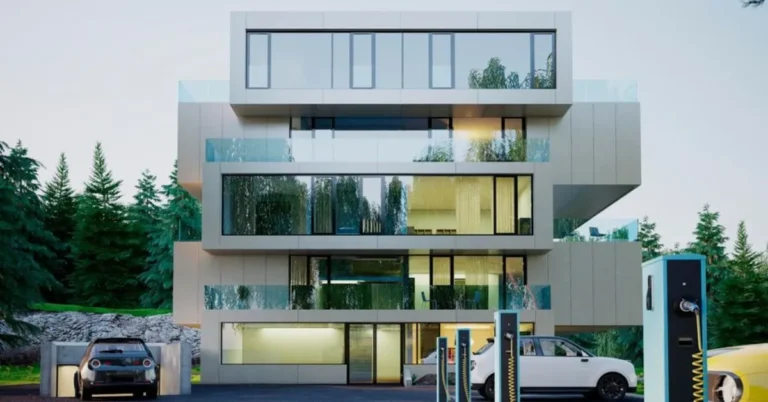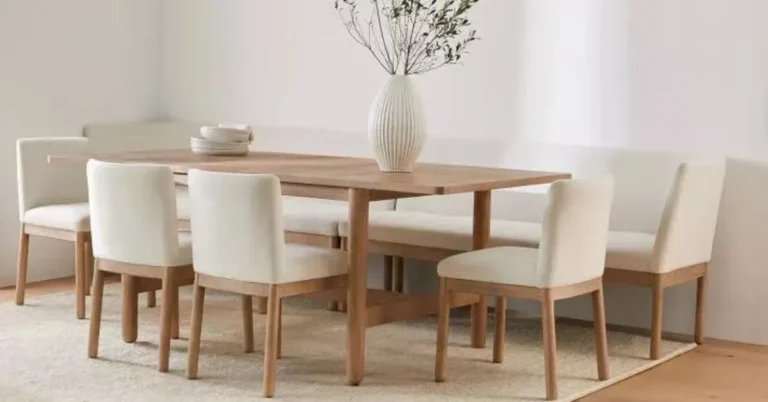Red Paint Unveiling Its Timeless Appeal
Red paint, with its bright and bold color, has been used for a long time to express and create. Red paint has always been a sign of fire, power, and life, whether it was used to decorate the walls of ancient caves or to add a splash of color to modern art. Let us go on an adventure to learn about the many sides of red paint and what it means to us.
The Significance of Red Paint in History
Red paint has had a lot of cultural and spiritual meanings throughout history. Ancient peoples like the Egyptians and the Romans decorated pots, walls, and even the faces of the dead with red pigments that came from natural sources like iron oxide. Red paint was thought to bring fertility, life, and protection from evil spirits in many countries. It was even more important in ancient societies because it was used in religious events and rituals.
Warfare was one area of history where red paint was used to show power, bravery, and control on the battlefield. To scare off enemies and boost confidence, armies would paint their shields, banners, and even their own bodies red. The famous red coats that British forces wore in the colonies came to represent the power and strength of the British Empire.
Different Shades and Varieties of Red Paint
There are a lot of different shades and types of red paint, and each one has its own uses and qualities. The range of red colors, from bright crimson to deep burgundy, gives artists and furniture designers a lot of options. Cherry red, scarlet, vermilion, and maroon are some of the most popular colors. Each one makes people feel different feelings and moods.
It’s important to think about things like lighting, decor style, and the mood you want to create in a room when choosing a shade of red paint. Warm reds, like tomato red and terracotta, make rooms feel cozy and welcoming. They look great in living rooms and dining rooms. The cooler colors, like raspberry and magenta, give things a modern look and can go with modern architecture.
Popular Uses of Red Paint
Red paint is popular for many uses because it can be used in many ways. Red paint is often used in building to draw attention to details, make focal points, and make rooms feel cozier. In many countries, the famous red doors are a sign of welcome and hospitality, which means that people are happy to have guests in their homes or businesses.
Red paint is often used on sports cars and other high-end vehicles because it gives off an air of sophistication and beauty. Red car paint has a shiny finish that beautifully reflects light, making the curves and outlines of the car’s body stand out. People often think of red cars as fast, powerful, and exciting, which makes them appealing to drivers who want to go on exciting trips on the open road.
Red paint is also often used to get people’s attention and show energy and excitement on signs, in logos, and in ads. Red is a strong color that works well for logos, signs, and marketing materials. It helps businesses stand out in a crowded market. Red stands out and makes an effect on people, whether it’s a bright red lipstick or a striking red logo.
Choosing the Right Red Paint for Your Project
There are so many shades of red paint out there that it can be hard to choose the right one. When picking a red paint color, you should think about things like lighting, the style of your furniture, and your own personal taste. Sample pots and color swatches can help you picture how different colors will look in your room, which will help you make a smart choice.
Picking the right type of paint for your job is just as important as picking the right shade of red. Acrylic paints that are based on water are flexible and easy to clean, so they can be used on walls, furniture, and decorative details inside. Oil-based enamel paints last longer and are great for places that get a lot of use, like kitchens, bathrooms, and outside walls.
How to Apply Red Paint Like a Pro
To get a perfect finish with red paint, you need to carefully plan and use the paint. Make sure the surface is clean, dry, and free of any flaws before you paint it. To spread the paint evenly, use good brushes or rollers and work in smooth, overlapping lines. Multiple thin coats are better than thick layers because they make the finish smoother with fewer drips and streaks.
To avoid mistakes and make sure even coverage, it’s important to work slowly and carefully when painting large areas or small details. Start with the sides and edges, then use broad strokes to fill in the bigger areas, making sure the paint is spread out evenly as you go. As needed, take breaks to keep from getting tired and lose focus. Let each coat dry completely before moving on to the next.
Tips for Maintaining Red Painted Surfaces
Proper care is needed to keep red painted surfaces looking bright and new for longer. Using water and light detergent to clean regularly can help get rid of dirt and grime. Staying away from rough cleaners and chemicals will protect the paint. Touch-ups and checks can also be done on a regular basis to fix any chips or scratches before they get worse.
Keeping red-painted surfaces out of direct sunshine and extreme weather can help keep them from fading, changing color, and breaking down over time. By using UV-resistant window treatments and clear sealants or topcoats, you can protect outdoor surfaces from UV rays and water, keeping their beauty and strength for years to come.
Environmental Impact of Red Paint
Even though red paint makes places look nicer and more interesting, the way it is made and thrown away can have negative effects on the environment. A lot of old-fashioned red paints have heavy metals and volatile organic compounds (VOCs) that are bad for you and can pollute the water and air. Using low-VOC or eco-friendly paints instead of red paint can help reduce the damage it does to the earth.
More and more people want paint products that are safe, healthy, and long-lasting, as well as paint products that are good for the earth. To make eco-friendly red paint that works better without sacrificing quality or appearance, manufacturers are looking more and more to renewable resources, recycled materials, and non-toxic additives.
Alternatives to Traditional Red Paint
There are a number of eco-friendly alternatives to regular red paint for people who are worried about how it might affect the earth. Natural pigments that come from rocks, plants, and even insects are long-lasting ways to get bright red colors without using chemicals that are bad for you. Native artists and traditional craftspeople have used earth-based colors like red ochre and hematite for hundreds of years. They provide beautiful, rich earthy tones that are also good for the environment.
Recycled paint made from used materials also cuts down on waste and saves resources, making it a better choice for people who care about the environment. Recycled paint helps close the loop on the circular economy and encourages a more environmentally friendly way of painting and decorating by reusing extra paint from previous projects and keeping it out of landfills.
Red Paint in Art and Culture
In the worlds of art and society, red paint has had a big impact on aesthetic movements and how artists express themselves. From the Impressionists’ big brushstrokes to today’s bright paintings, red paint has always been able to make people think and create new things. Because of its connection to passion, love, and intensity, it’s a strong tool for artists who want to make people feel something or stimulate their senses.
Artists have used red paint as a sign of revolt, revolution, and social change for a long time. The French rebels were the first to use the revolutionary red flag in the late 18th century. Since then, it has become a worldwide sign of protest and defiance. Red paint has been used by artists like Pablo Picasso, Mark Rothko, and Yves Klein to explore love, war, and human suffering. These artists have made strong visual statements that people all over the world can relate to.
Psychological Effects of Red Paint
Red has long been known to have strong effects on our minds, changing our mood, behavior, and how we see things. Studies have shown that being near red paint can make you feel energized, arouse you, and make you feel like you need to act quickly. Red is a powerful color for changing people’s behavior because it’s often used to make people feel like they need to act quickly and buy things without thinking.
Red paint is often used in eating rooms, restaurants, and entertainment areas because it is thought to make people hungry and encourage them to talk to each other. Red’s warmth and energy can make people feel close and welcome, which can make them want to stay longer and have a lively talk. On the other hand, using too much red paint inside can be overwhelming and upsetting, making some people feel stressed or anxious.
Red Paint Safety Measures
Even though red paint can make any room look better, it’s important to always put safety first when dealing and using paint products. Paint fumes and toxic chemicals can be dangerous to your health, so make sure you have enough ventilation, safety gear, and know how to safely throw them away. Following the manufacturer’s instructions and government rules also makes sure you follow safety rules and lowers the risk of crashes or injuries.
You should read and understand the safety data sheets (SDS) that the paint maker gives you before you start painting. The important information in these papers is about the paint’s dangers, how to handle it properly, and what to do in an emergency. By following the instructions in the SDS, painters can keep themselves and others safe from harmful chemicals and make sure they have a good painting experience.
Future Trends in Red Paint
As people’s ideas about sustainability and caring for the environment change, the future of red paint lies in new ideas and caring for the environment. New eco-friendly paints are being made possible by improvements in technology and materials science. These paints are long-lasting and work well without sacrificing quality or appearance. The future of red paint is bright, bold, and eco-friendly, with bio-based pigments and packages that can be recycled.
Aside from being environmentally friendly, red paint’s future will likely be shaped by changes in color technology and design styles. With the rise of digital design tools and 3D printing, makers and designers can make custom colors and finishes with more freedom and creativity than ever before. The ability to precisely and accurately copy natural textures and patterns opens up new ways to make immersive settings that engage the senses and make people feel things.
Conclusion
In the end, red paint has always been a sign of love, strength, and imagination. Its bright color has captivated people of all ages and countries, from ancient rituals to modern art. Red paint still amazes and charms us, whether it’s on the inside of a museum or the outside of a building. It reminds us of the beauty and importance of color in our lives.






